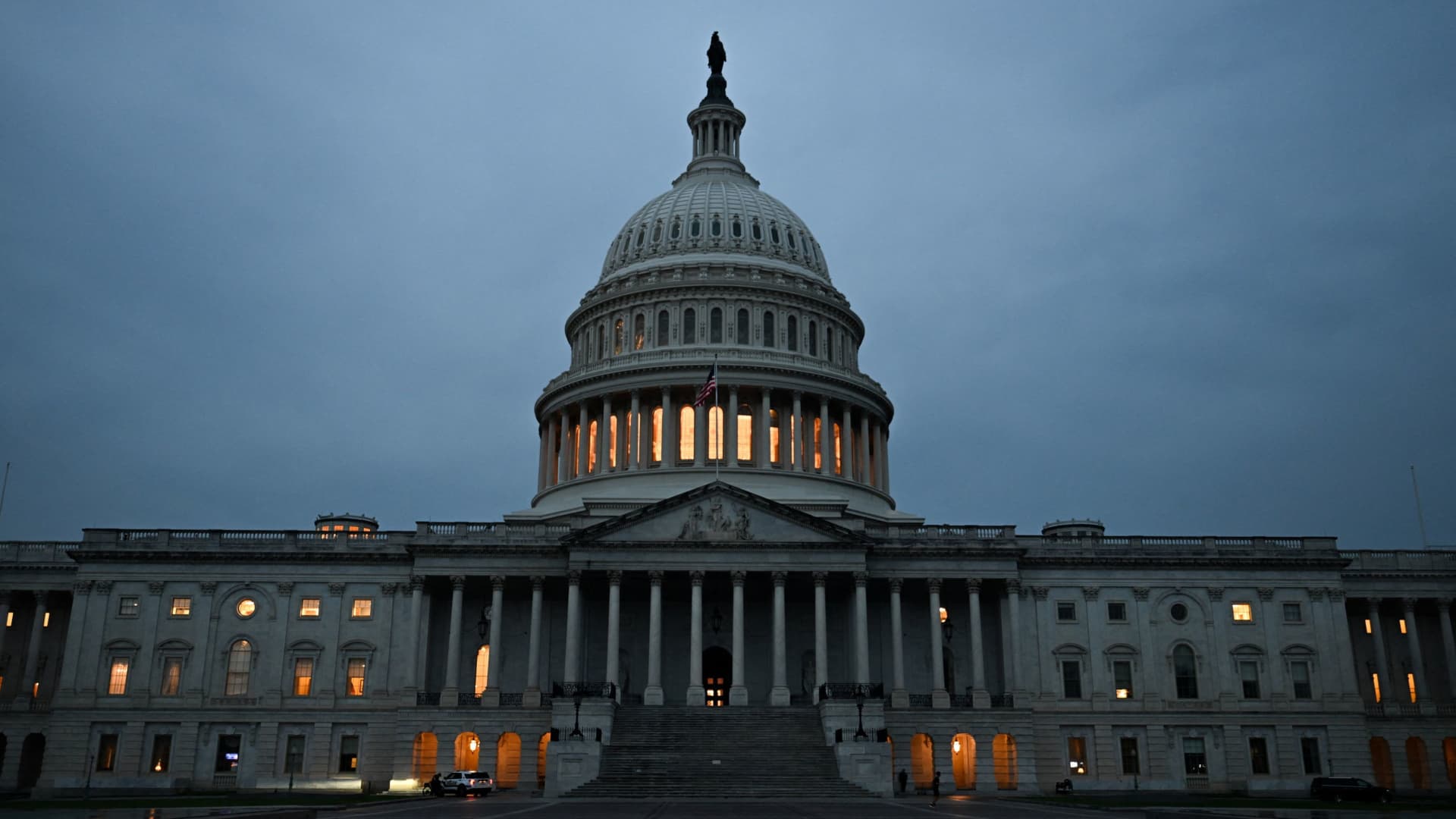A view of the U.S. Capitol constructing a day earlier than a partial authorities shutdown is scheduled to happen, on Capitol Hill in Washington, D.C., U.S., September 30, 2025.
Annabelle Gordon | Reuters
Premiums for well being plans bought over the Reasonably priced Care Act market will greater than double in 2026 if enhanced subsidies expire at 12 months’s finish as scheduled, in accordance with an evaluation revealed Tuesday by KFF, a nonpartisan well being coverage analysis group.
Observe CNBC’s stay weblog for authorities shutdown updates.
The discovering comes as Democrats and Republicans are locked in a stalemate tied to the improved subsidies that threatens to close down the federal authorities early Wednesday morning.
The improved subsidies, or enhanced premium tax credit, make medical insurance premiums cheaper for 22 million ACA enrollees.
They’re scheduled to run out on the finish of 2025, absent congressional motion.
If the improved credit finish, recipients would see their premiums enhance to $1,906 in 2026 from $888 this 12 months, on common — a 114% enhance, in accordance with KFF’s evaluation.
Democrats need to lengthen the improved subsidies as a part of a deal to completely fund the federal authorities in fiscal 12 months 2026. Republicans say negotiations on persevering with these credit ought to occur after the Senate approves a funding decision.
What are enhanced premium tax credit?
Senate Minority Chief Chuck Schumer (D-NY) references posters on healthcare throughout a press convention with different Senate Democrats following weekly coverage luncheons on the U.S. Capitol in Washington, DC on Sept. 30, 2025.
Nathan Posner | Anadolu | Getty Photos
Premium tax credit have been established below the Reasonably priced Care Act and have been initially obtainable for households with incomes between 100% and 400% of the federal poverty stage.
In 2021, the American Rescue Plan Act, a pandemic aid regulation, quickly elevated the quantity of the premium tax credit score and expanded eligibility to households with an annual earnings of greater than 400% of the federal poverty restrict. This contains a household of 4 with earnings of greater than $128,600 in 2025, for instance.
The regulation additionally capped the quantity a family pays out of pocket towards insurance coverage premiums at 8.5% of earnings.

Democrats quickly prolonged these enhanced subsidies within the Inflation Discount Act, which former President Joe Biden signed in 2022.
The improved subsidies saved recipients a median of $705 yearly in 2024 on their well being premiums, in accordance with KFF.
Extra from Private Finance:
How a authorities shutdown could have an effect on your cash
How staff can put together financially for a authorities shutdown
Forward of EV tax credit score deadline, IRS delays create ‘anxiousness’ for automobile sellers
Different components would compound the price enhance for enrollees, in accordance with the KFF evaluation.
For one, the Trump administration modified the best way tax credit are calculated, and consequently, enrollees must pay the next share of their earnings towards a benchmark ACA plan in 2026, KFF stated.
Insurers within the ACA market have additionally proposed elevating charges by a median of 18%, attributable to rising well being care prices and the expiration of enhanced subsidies, KFF stated. That may be the biggest charge enhance since 2018.
Premium will increase in 2026 would happen throughout earnings teams, KFF discovered.
For instance, a 60-year-old couple making $85,000, or 402% of the federal poverty stage, would see their yearly premium funds rise by over $22,600 subsequent 12 months, on common, after accounting for the lack of enhanced credit and insurers’ charge will increase, KFF discovered.
A forty five-year-old incomes $20,000, or 128% of the federal poverty stage, in a state that hasn’t expanded Medicaid protection would see premiums for a benchmark well being plan rise from $0 to $420 per 12 months, on common, from the lack of enhanced premium tax credit, KFF stated.



